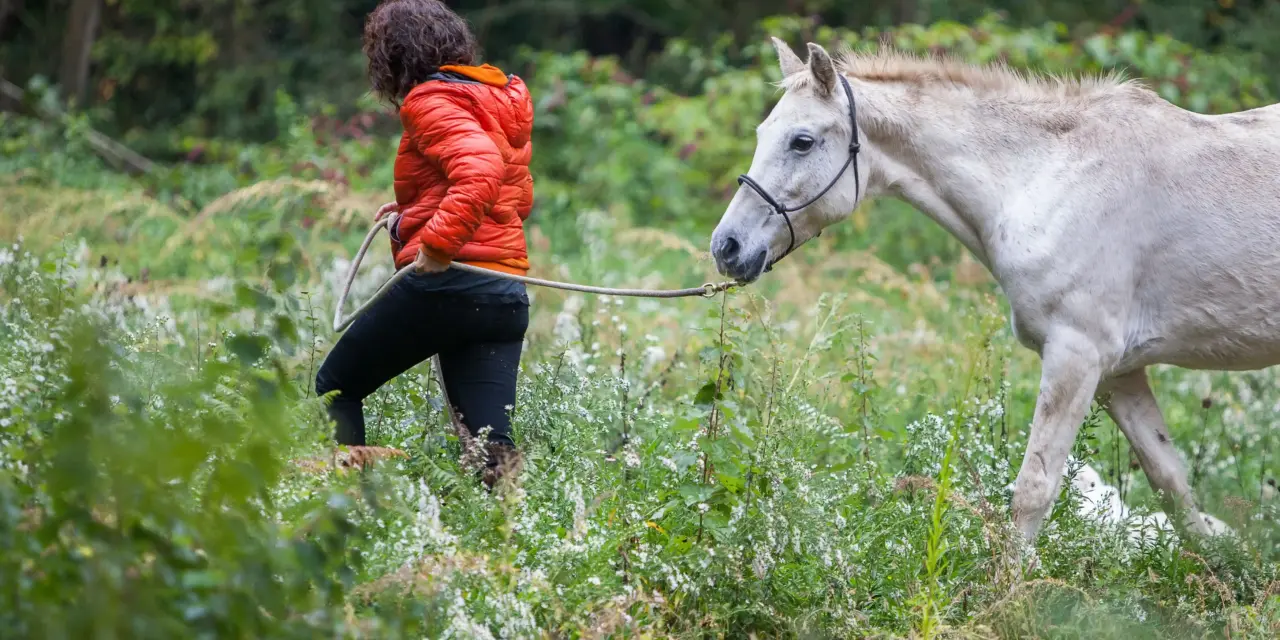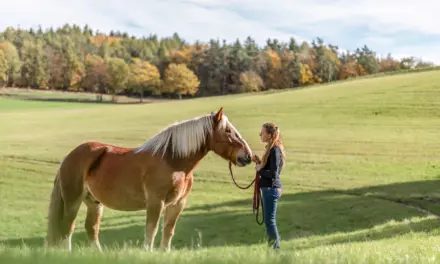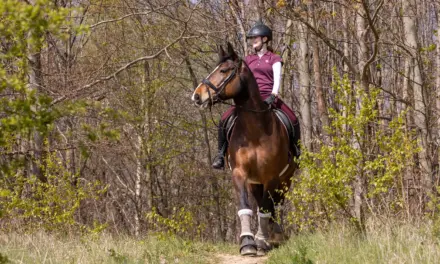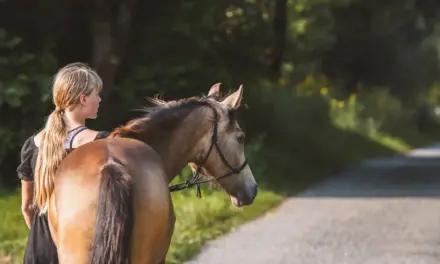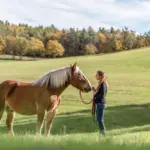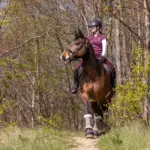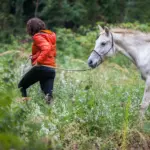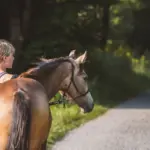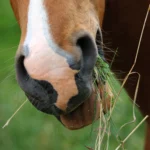Why early outings lay the foundation for safe and confident hacking horses
Key Points at a Glance
- Early outings in the countryside have a lasting impact on young horses and lay the foundation for safe, confident riding out later on
- In-hand walks allow young horses to get used to new environments without the added stress of carrying a rider
- Going out as a lead-rein companion helps young horses gain valuable experience and learn key manners
- Young horses can gradually get used to traffic, varied ground surfaces and social dynamics through relaxed group hacks
- Regular repetition builds familiarity and strengthens confidence
- A well-balanced approach prevents putting too much pressure on the horse and ensures positive learning experiences.
Using the early years wisely to build a strong foundation
The period between a horse’s third and fifth year offers a unique window of opportunity for early hacking and groundwork in open spaces. At this stage, young horses are mentally receptive and not yet physically challenged by the demands of carrying a rider. This combination makes early exposure to the outside world one of the most valuable investments in a horse’s future.
Young horses that have already been exposed to different environments as foals and yearlings tend to develop a natural curiosity towards new things. They learn that the world beyond the yard isn’t something to fear, but rather something exciting and worth exploring. This positive mindset can be further strengthened and developed through systematic groundwork and outings in open countryside.
The great advantage is that the young horse can fully focus on taking in new impressions without also having to balance a rider or respond to ridden aids. This undivided attention results in deeper and more lasting learning experiences.
First outings: discovering the world one step at a time
In-hand walks are the ideal way to introduce young horses to work outside the yard. To begin with, quiet routes with little traffic should be chosen, giving the horse plenty of opportunity to explore its surroundings without feeling overwhelmed. Start with short routes of 10 to 15 minutes, gradually increasing the length as the horse gains positive experiences. A calm, steady pace is essential, allowing the young horse to take everything in. Rushed or impatient handling would undermine the learning process.
Particular attention should be paid to the young horse’s first encounters with different types of ground. Tarmac, gravel, soft forest paths or damp grass – each surface feels different and requires the horse to adjust its movement. Young horses not only become familiar with different surfaces, but also develop better sure-footedness and body awareness.
Treats can be used as positive reinforcement, but should be given sparingly. A small reward after bravely stepping through a puddle or calmly passing an unfamiliar object helps to reinforce the desired behaviour and turns the outing into a positive experience. However, if you’re constantly feeding treats, the horse is likely to focus more on your bum bag than its surroundings – and may be even more startled when a cyclist suddenly appears around the corner.
Discovering the world from a new perspective as a lead horse
Being led as a companion horse alongside an experienced riding horse opens up entirely new possibilities for outdoor training. The youngster not only learns from its more seasoned partner but can also cover longer distances at varying paces and gain a wider range of experiences.
Choosing the right lead horse is crucial. It should be completely reliable, calm, and ideally accustomed to being ridden one-handed. A nervous or unpredictable lead horse is likely to pass on its insecurity to the youngster and could create unsafe situations. Ideally, the lead horse should already know the young horse, and the two should get along well.
Clear communication between everyone involved is essential. The rider of the lead horse must always be aware of how the youngster is coping and be ready to stop or adjust the pace when needed. Riding out with a youngster on the lead rein is definitely not something for novice riders still working on their own coordination in the saddle. The person leading the young horse from the ground must stay fully focused and alert, ready to respond quickly to any change in behaviour.
The young horse’s position should be varied during the outing – sometimes walking alongside the lead horse, other times slightly behind. This helps the young horse gain experience from different perspectives and prepares for future group rides, where the horse will need to take on different positions under saddle. If leading the youngster alongside goes well, you can begin to introduce short stretches of trot, or even canter – but only on well-known, safe tracks where no surprises are likely, and only with both lead and led horses remaining reliably under control.
Teaching important lessons through playful experiences
Hacking out with young horses offers countless opportunities to introduce essential lessons in a natural and relaxed way. One of the most important is getting them used to traffic, as this will later be crucial for the safety of both horse and rider. Cars, bicycles, motorbikes or farm vehicles should first be observed from a safe distance. The young horse learns that these objects may move and make noise but are not a threat. Over time, the distance can be gradually reduced until the horse is able to calmly pass by moving vehicles.
Encounters with pedestrians, joggers, prams and cyclists offer valuable opportunities for social learning. The young horse learns that people can appear in many different contexts and begins to understand how to respond appropriately. Friendly greetings and kind words from passers-by help create positive associations for everyone involved.
Varied terrain supports physical development in a natural and effective way. Uphill sections strengthen the hindquarters, uneven ground improves proprioception, and changing surfaces enhance sure-footedness. This kind of natural gymnastic work is often more effective than artificial training routines.
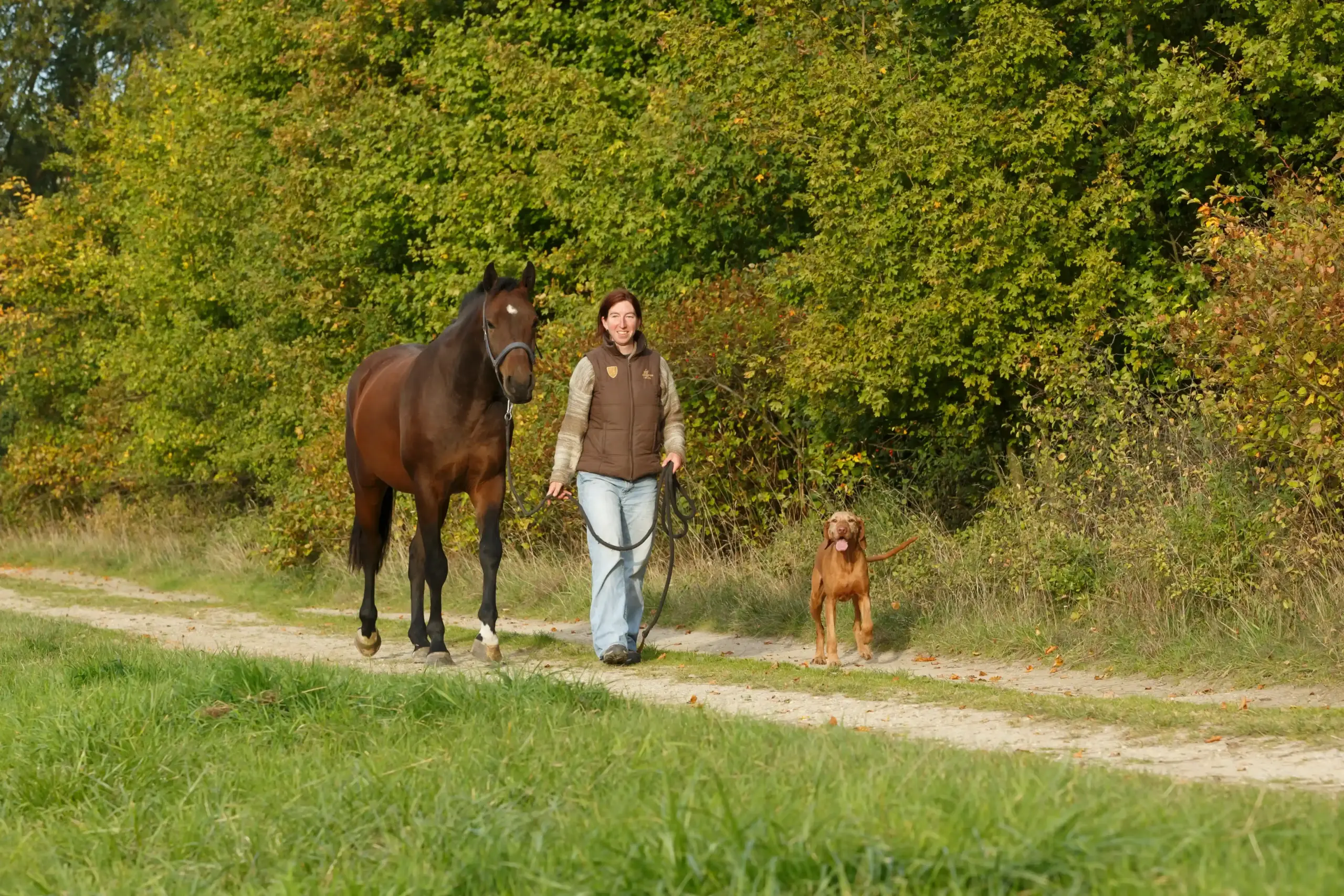
Set realistic expectations through thoughtful planning
The enthusiasm for hacking out should never lead to asking too much of a young horse. Getting the balance right is key to long-term success. Factors such as duration, weather conditions, and terrain difficulty all need to be carefully considered. In poor weather or extreme temperatures, young horses are more prone to stress and less able to concentrate. Rain, strong winds, or intense heat can demand so much of their attention that there’s little capacity left for learning. On such days, it’s best to either postpone the outing or keep it significantly shorter.
The choice of terrain should be appropriate to the horse’s stage of training. Busy roads, steep slopes or tricky ground are unsuitable for beginners. Quiet country lanes, gentle hills and clearly laid-out forest paths offer ideal conditions for relaxed learning instead. Horses are creatures of habit and have no issue walking the same forest loop three times a week. By the way, it feels like a completely different route when taken in the opposite direction!
The time of day also plays a role. Young horses are often more attentive and receptive to learning in the morning than in the late afternoon. Feeding times should be taken into account, as a hungry horse—or one taken out of the herd just before its usual turnout—will be less focused.
Familiar routines build confidence
Familiarity is built through repetition – and this is especially important when introducing young horses to hacking out. Regular, shorter hacks are far more beneficial than infrequent, lengthy ones. One or two times a week should be the minimum to ensure steady progress. And there’s no need to discover a new route every time. Covering the same route multiple times holds real value, as it helps the young horse develop a sense of direction and build confidence in familiar surroundings. In time, this feeling of security can be carried over to new routes as well.
Repeated exposure to certain situations is equally important. A young horse that has calmly passed a set of roadworks several times is more likely to stay relaxed when encountering new ones. This ability to generalise is an important learning process that takes time and patience. Seasonal changes also offer valuable learning opportunities. The same route looks different in autumn with colourful leaves than it does in winter with snow or in spring with blossoming trees. These natural variations continuously broaden the young horse’s range of experiences.
Setting your horse up for a lifetime of relaxed and reliable rides out
The time and effort invested in early hacking experience pays dividends throughout a horse’s life. A young horse that has been gently introduced to a variety of situations and gained positive experiences will later be a much more reliable and confident riding partner. These well-established foundations don’t just show their value during hacks — they also pay off when it comes to travelling to shows, visiting the vet hospital, or moving to a new yard. A horse that has learned to view new experiences as interesting rather than threatening will adapt more easily to change and remain cooperative even in stressful situations.
Early experience of hacking out without the added weight of a rider allows the horse to focus fully on its surroundings while developing important behavioural patterns. These experiences lay the foundation for safe and confident riding in the future and play a key role in shaping a well-balanced, self-assured horse.

